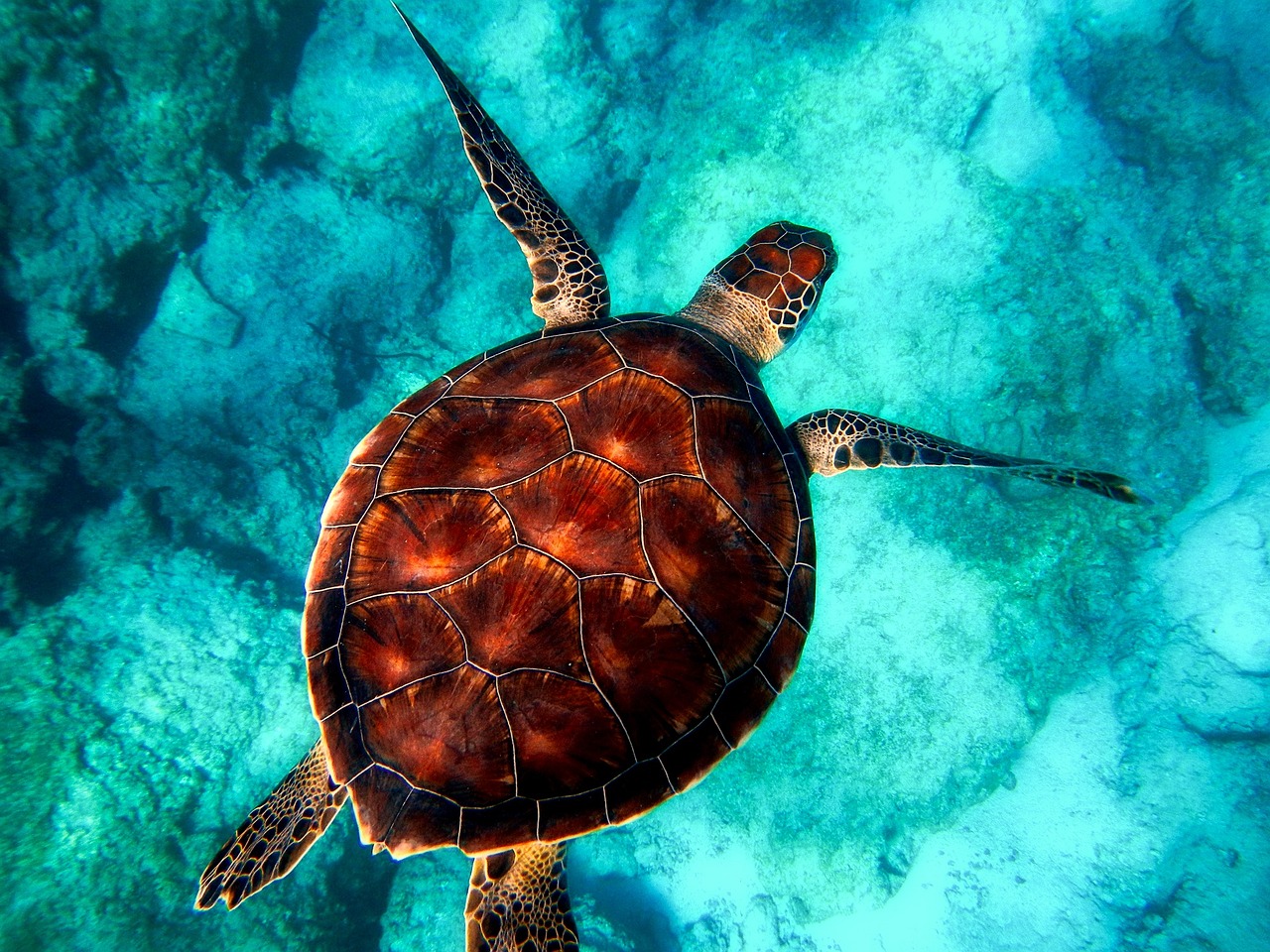Rediscovering the World of Aquatic Turtles: Conservation, Care, and Fascination
Aquatic turtles, remarkable creatures with a rich history and complex biology, have captivated the hearts of pet enthusiasts and conservationists alike. Their fascinating evolutionary journey and the modern challenges they face both in the wild and in captive care present diverse topics for exploration.

Aquatic turtles belong to a diverse group of reptiles known as Chelonians, which also includes tortoises and terrapins. Their existence dates back to over 200 million years, a testament to their resilience and adaptability. Throughout history, they’ve been integral to various cultures, symbolizing wisdom, longevity, and stability. But beyond the symbolism, their unique characteristics and behaviors have piqued scientific interest.
In the current age, the conservation of aquatic turtles takes center stage. The International Union for Conservation of Nature (IUCN) has classified more than half of turtle species as endangered, primarily due to habitat loss, pollution, and illegal trade. Despite the grim scenario, there are inspiring stories of successful conservation efforts. For instance, the recovery of the Kemp’s Ridley sea turtle, once on the brink of extinction, is a testament to the power of coordinated global conservation initiatives.
On the pet front, the allure of aquatic turtles remains strong. Their unique behaviors, like their basking habits and diverse dietary preferences, make them fascinating pets. However, their care is not to be taken lightly. They require specific habitats, diets, and care routines that closely mimic their natural environments. For example, Red-eared sliders, one of the most popular pet turtles, require a careful balance of dry basking areas and water spaces in their enclosures.
The impact of the pet turtle trend is not limited to pet enthusiasts; it has significant economic implications. The pet turtle industry is estimated to be worth millions of dollars, with a growing demand for turtle care products like terrariums, filters, and specially formulated diets.
However, this trend has raised concerns about the ethical implications of keeping wild animals as pets. It has also contributed to the spread of invasive species, as irresponsible pet owners release non-native turtles into local ecosystems.
In conclusion, the world of aquatic turtles is a complex yet captivating realm. Their historical significance, conservation stories, and role as pets provide a wealth of topics to delve into. As we continue to learn more about these ancient creatures, it’s crucial to balance our fascination with their wellbeing, promoting responsible pet ownership and supporting conservation efforts. This way, we ensure that these wonderful creatures continue to enrich our world for generations to come.





